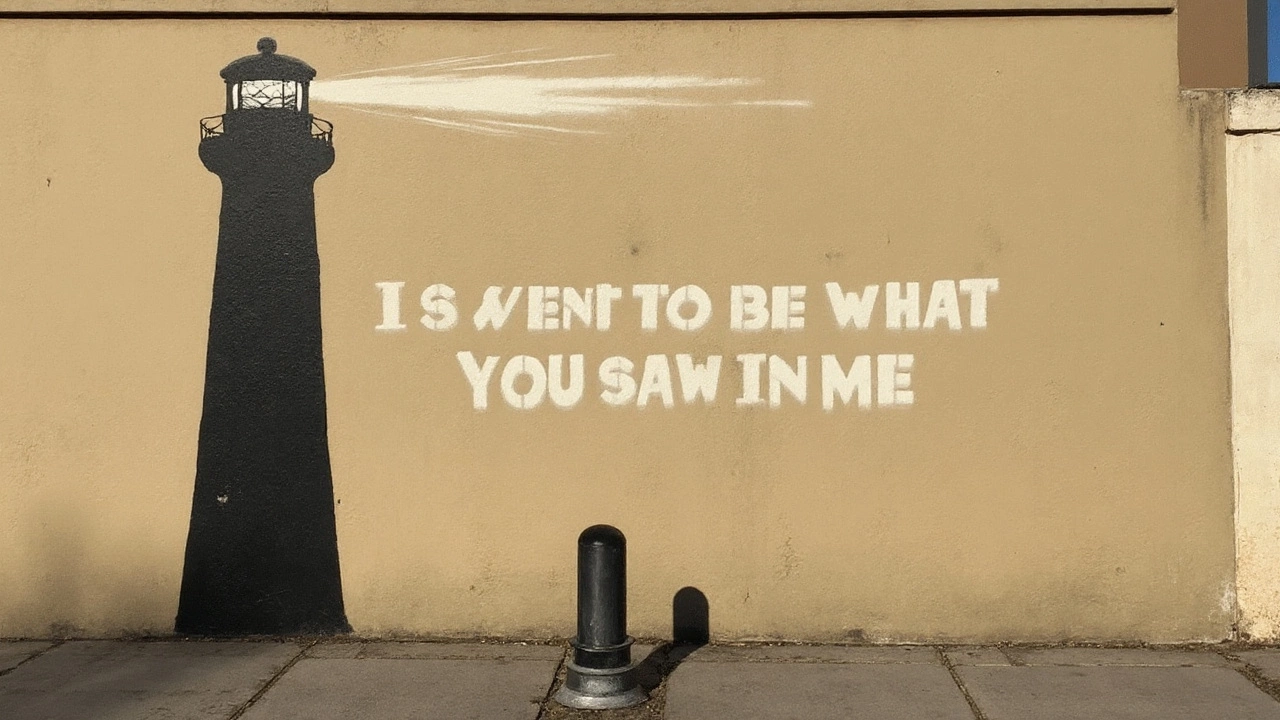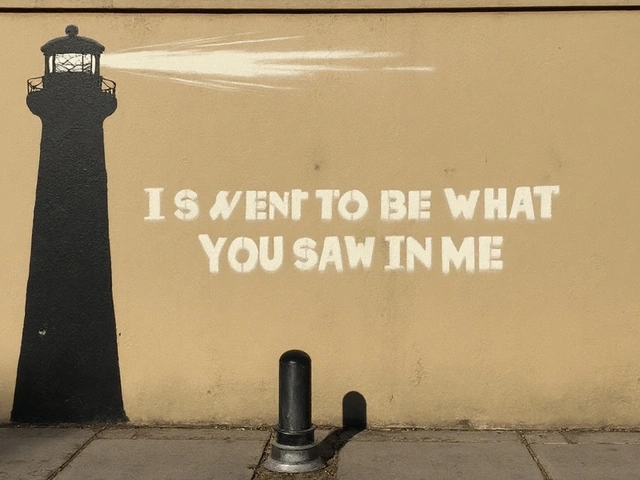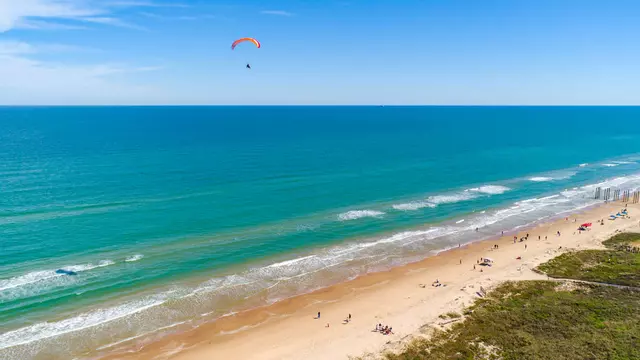Banksy Lighthouse Mural: What You Need to Know
You've probably seen the photo of a lone lighthouse with a bright orange figure climbing its stairs. That image is one of Banksy's most talked‑about works. It shows how the mysterious British street artist can turn a simple wall into a global conversation.
First off, the mural appeared on a wall in an industrial area near the coast of Brighton, England, back in 2009. The exact spot is a drab warehouse wall that looks like any other building in the neighbourhood. Banksy chose a place that most people ignore, then threw a splash of color and a hint of mystery onto it.
The Origin and Location
Why a lighthouse? In the UK, lighthouses symbolize guidance and safety for ships at sea. Banksy flips that idea by painting a figure—often interpreted as a graffiti artist—climbing the tower, as if trying to leave a mark on something that already guides others.
The mural was done with spray paint in just a few hours. Local residents saw the work disappear overnight, and the buzz started. Within days, tourists began flocking to the site, snapping photos, and sharing them on social media. The wall turned from a forgotten stretch of concrete into a must‑see spot for art lovers.
Even though the location is modest, the surrounding area stayed largely unchanged. That contrast—fancy art in a plain setting—helps the piece feel real and rooted in everyday life. It reminds us that great art doesn’t need a museum; it can live on a cracked wall beside a loading dock.
Why It Still Captivates Fans
The lighthouse mural sticks in people's minds because it mixes humour, irony, and a dash of political commentary. Some viewers see the climber as a rebel, scaling the symbols of authority. Others think it’s a shout‑out to other street artists, urging them to keep climbing higher.
Because Banksy never reveals his identity, every new piece feels like a secret delivered to the public. The lighthouse work follows that tradition—people feel like they’re part of an inside joke. That feeling of being “in the know” drives fans to revisit the spot, take selfies, and talk about it with friends.
Media outlets also played a big role. When major newspapers covered the mural, the story spread far beyond Brighton. That coverage turned a local wall into a global icon, showing how street art can cross borders without ever leaving its original location.
In recent years, the wall has faced weather wear and occasional graffiti tags from other artists. Yet the core image remains recognizable. Some argue that the fading adds character, proving that street art is alive, changing with the environment.
If you ever travel to Brighton, walk down to the industrial area and look for the orange silhouette. You’ll see a piece of culture that sparked debates about art, ownership, and public space. Even if the wall fades, the conversation keeps going.
Bottom line: the Banksy lighthouse mural shows how a simple spray‑painted image can become a cultural landmark. Its story blends location, symbolism, and the mystery of an anonymous artist, making it a perfect example of why street art matters today.





